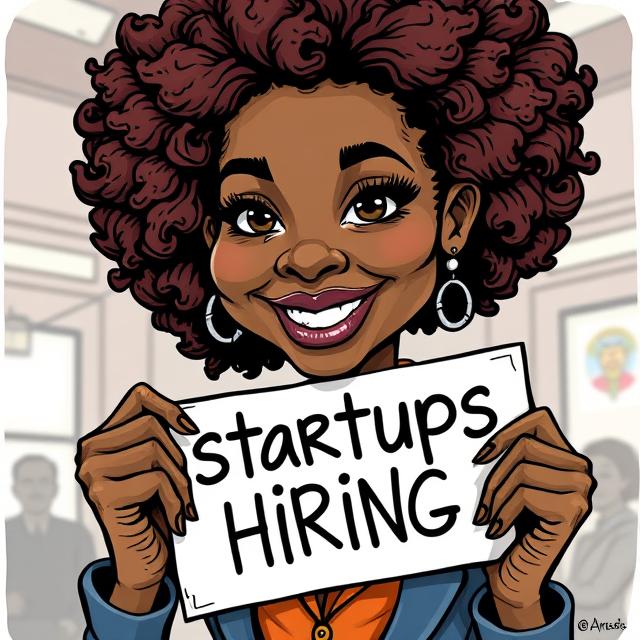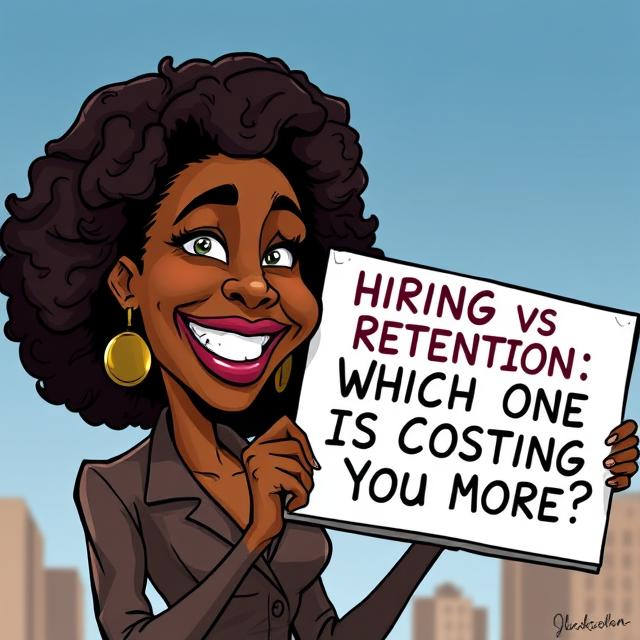The Hidden Damage of Typos in Job Applications

Why Spelling Mistakes Matter in a Resume “It was a great resume, until they spelled their own job title wrong.” Sound familiar? As hiring managers, we’ve all encountered candidates who seem strong on paper, but minor errors can raise significant concerns. Few things can undermine a first impression faster than a typo on a resume. The Problem A resume remains a crucial tool in the hiring process. They serve not only as summaries but also as indicators. When a candidate submits a resume with spelling mistakes, it indicates carelessness rather than ability. That one typo might seem harmless to the candidate, but to the person making the hire, it often reads as: “Will this person be this careless with my clients? My reports? My brand?” What Spelling Errors Really Say Here’s why a small mistake can have a big impact: - It questions attention to detail. If you’re applying for a job, the least you can do is spell your own job title correctly. - It breaks the flow. A misspelled word snaps...



.jpeg)
.jpeg)
.jpeg)
